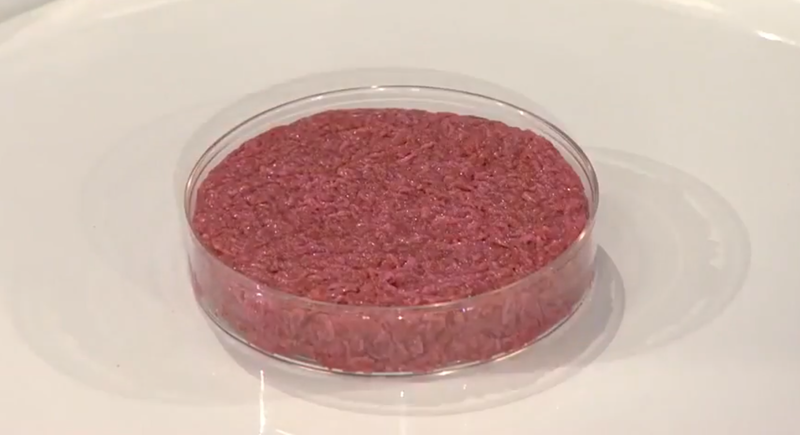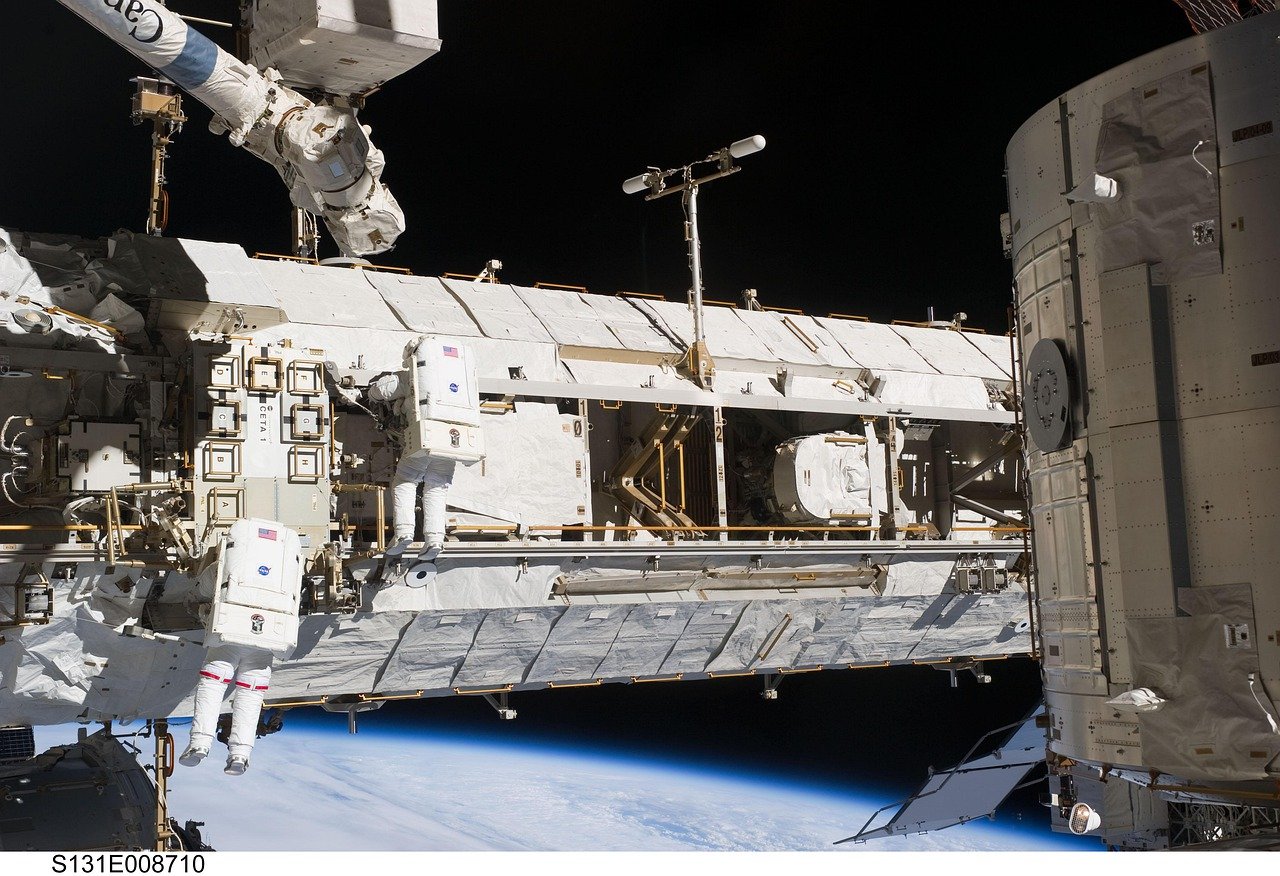As per an assessment by the Food and Agriculture Organization (FAO), the world will need 60% more food by 2050 to fulfill the demand of the growing population.
To satisfy the increasing demand for food by the growing human population, cultured meat provides a good alternative. However, animals still have to be reared to harvest cells to produce cultured meat (also called in vitro, artificial, or lab-grown meat), which largely defeats the purpose.
Now, researchers from the National University of Singapore (NUS) have engineered a new way of growing synthetic meat. This new technique will reduce reliance on animal products by simplifying the production process of cell-based meat.
Greener, safer, cleaner, and more cost-effective harvesting method
The novel technique developed by researchers uses magnetic pulses to stimulate the growth of cell-based meat, thus culturing myogenic stem cells found in skeletal muscle and bone marrow tissue of animals.
Associate Professor Alfredo Franco-Obregón who lead the research team, said “In response to a short 10-minute exposure to the magnetic fields, the cells release a myriad of molecules that have regenerative, metabolic, anti-inflammatory, and immunity-boosting properties. These substances are part of what is known as the muscle “secretome” (for secreted factors) and are necessary for the growth, survival, and development of cells into tissues. We are very excited about the possibility that magnetically stimulated secretome release may one day replace the need for FBS in the production of cultured meat.

Image Credit NUS






